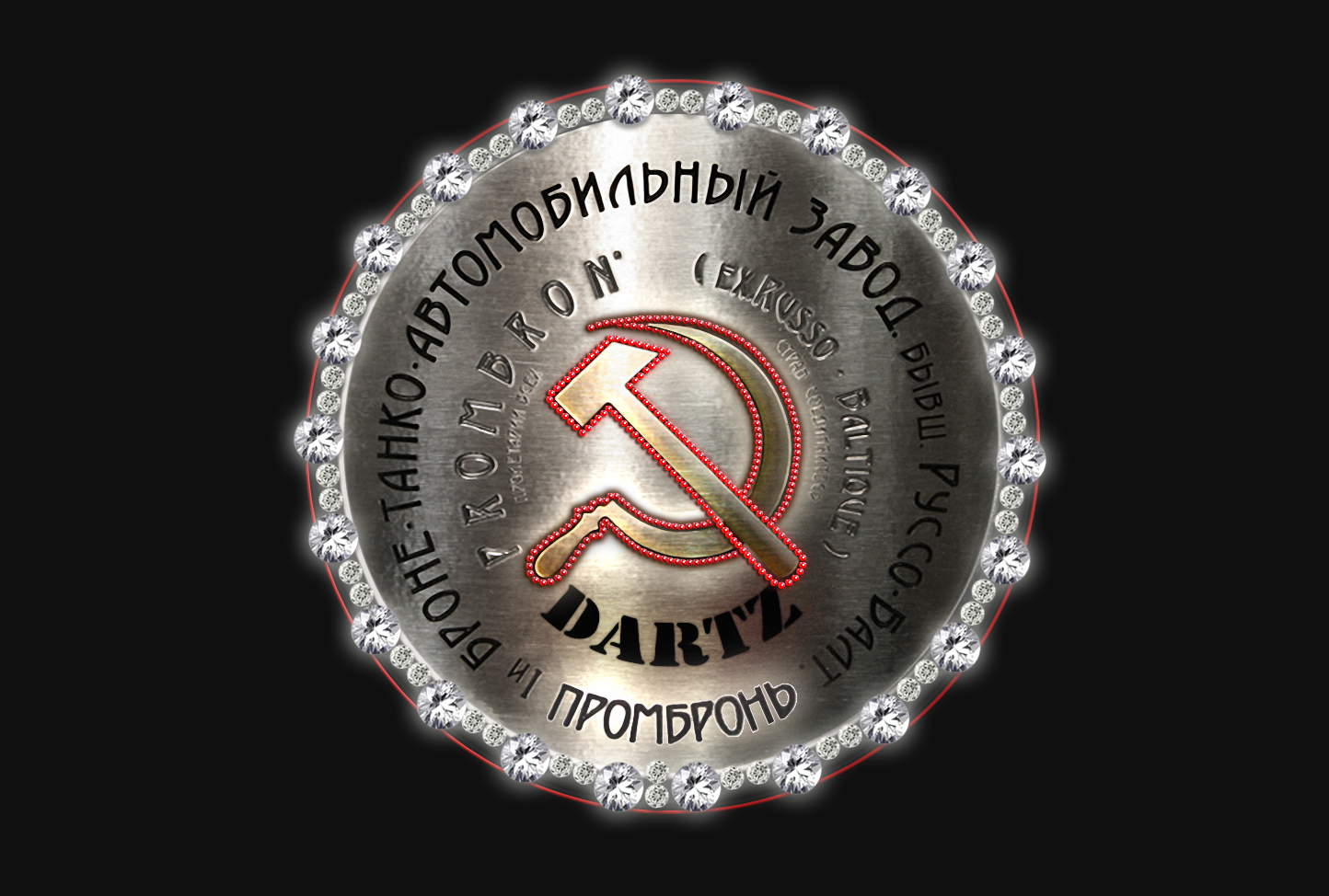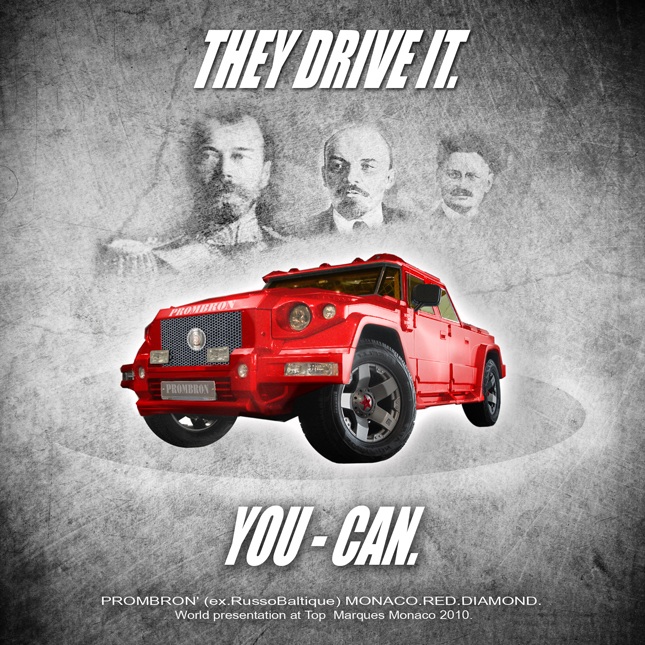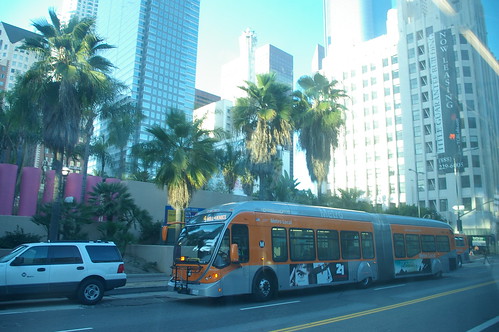Glenn N. Havinoviski is Associate Vice President for Transportation Systems with Iteris, Inc. in Sterling. He was President of ITS Virginia from 2006 to 2007 and has been a columnist for the ITSVA Journal since 2002.
————————————————————————————————————————-
Imagine, if you can…
Intelligent transportation systems are on their last legs in Virginia. There is no political support for congestion reduction measures that require any kind of budgetary investment. There is no popular desire for new measures to provide more travel choices, like express buses, rapid rail, or HOT lanes. No one really cares to see travel time information along the road or any information about accidents or closures. We’d rather spend more time in traffic so we can talk and text and Tweet on our cellphones, thus causing more accidents.
And hey, now they’ve got iPhone apps for traffic information, which give you nice green, orange and red lines over Google Maps! COOL! Who needs those electronic signs and cameras and service patrols and control centers that are run by the Marxists anyway?
Hey! Let’s get rid of VDOT! And how about that big Federal bureaucracy which doesn’t do anything! We Virginians are resourceful. The roads might crumble but we can all buy big American SUV’s again and go off-roading and impress each other at church on Sundays! And they can tow boats too, for when all the bridges fall down. Look at all the American jobs this creates! We can take our kids to our private schools in the woods that don’t require state funding, which is fine since we also want to get rid of those so-called public schools anyway! All kids need to learn is the Bible and the Constitution, except for those last 15 amendments!
And who needs to worry about oil? We’ll just drill here, drill now, on the shores of the Potomac! Heck, let’s drill off Virginia Beach! We all go to the Outer Banks and Hilton Head anyway! We can deport all the immigrants, and suddenly it won’t be so crowded on the roads! No more smelly buses either! Let the French have their trains! We won’t need any more Statist engineers and planners to tell us what to do! Problems solved! “Carry me back to old Virgininny….”
Scary, huh? What about this scenario instead?
(Approved Press Release) The USDOT Office of Public Benefit, as directed by the President upon his signature of the Omnibus Reauthorization Welcoming Enhanced Life and Liberty in 2010 (ORWELL 2010), has suspended all transportation projects funded in part or entirely by private sector entities, except for those providing rail-based transit services to corridors of population density less than 50 persons per square mile. In all cases, maximum fares and rate of return for shall be unilaterally set by the President’s Private Sector Compensation Czar.
Under the provisions of ORWELL 2010, all road tolling in the United States shall be ceased as of March 12, 2011, at which time all state departments of transportation and public, semi-public and private transportation authorities and their assets will become subject to USDOT jurisdiction.
All traffic signals, cameras, sensors and other electronic infrastructure commonly associated with so-called “Intelligent Transportation Systems” that are not powered by recyclable farm organisms shall be removed from public right-of-way by January 1, 2011.
ORWELL 2010 has decreed that all limited-access highways which have not otherwise bio-degraded or collapsed onto themselves shall be redesignated as Advanced Non-Individual Managed Access Lanes (ANIMAL) facilities. An ANIMAL shall not permit access to individually-driven vehicles, via tolls or otherwise, but will permit properly-licensed buses, bicycles, solar powered vehicles, Harley-Davidsons, and Toyota Priuses.
Henceforth, on all non-ANIMAL facilities, all travel containing less than four passengers in (or on) a motorized vehicle will be permitted between the hours of 10 pm and 5 am Monday through Friday, and for six non-contiguous hours on Saturday and Sunday to be individually approved by someone in USDOT.
ORWELL 2010 has mandated that all residents of a State, US territory, or possession, shall reside in an urban center of 50,000 population or more unless they can demonstrate they are excluded or protected entities including organic dairy farmers, custodians of wind farms, Native Americans, Members of Congress, or mammals.
All fuel taxes will be increased to a nominal rate of $25 per gallon also effective January 1, 2011, the proceeds of which will be used to build passenger rail lines on urban streets and also to demolish any housing more than 10 miles from an urban center of more than 50,000. All families will be given 6 months to acquire dwellings within government-designated smart-growth areas, with dwelling sizes not to exceed 150 square feet per human, or 250 square feet per dog, up to a maximum of 826 square feet.
All cats shall be permitted to roam freely within the smart growth zone (please refer to ORWELL 2010’s companion legislation, “Pelosi-McCain Feline Freedom Act”).
All broadcast, satellite and cable television and radio stations along with electronic and material mailings which present viewpoints which are contrary to the regulations and mandates stipulated in ORWELL 2010 shall be reported within 4 hours to the Office of Public Benefit, under penalty of prosecution.
“Kumbaya….”
How far are we from either of these? Really!
After all, we are in a battle for hearts and minds, not to mention money. ITS and congestion management seems to be lost in the shuffle here. Take a look at what is really happening.
For example, Arlington County has recently sued the Feds and the Commonwealth over the proposed project on I-95/395 to expanding and convert the existing HOV lanes to High-Occupancy Toll lanes, demanding the overturning of the project’s environmental Categorical Exclusion and suspending the project until their objections (notably not enough emphasis on transit, potential harm to air quality, concern about congested interchanges and local roads as a result of the project) were satisfied.
And, although years ago families saw that Arlington had run out of room and housing stock and had no choice but to move farther out, the County said “the project actually encourages additional sprawl, further exacerbating traffic congestion and harmful air emissions.” Chickens or eggs first?
(I can’t help but think back to that California Air Resources Board study in the 1990’s which effectively said that congestion was good because fewer cars can use the road and people travel slower. Guess we can’t win now.)
On the other hand, several freedom fighters from the “additional sprawl” in Prince William County have complained that HOT Lanes would endanger their sluglines, as people who picked up riders for their trips to the Pentagon would now selfishly pay tolls and drive by themselves, while the jilted slugs had to make do with taking the lowly bus instead.
Never mind all this counterpunching flies in the face of the HOT lane successes (from both a revenue and a congestion reduction perspective) in California, Utah, Colorado, Texas, Washington and Minnesota, a coalition of red and blue states if I’ve ever seen one. And the I-495 HOT lanes construction, which has a much larger impact on the surrounding communities than 95/395 would, is surging forward.
But then again, we shouldn’t worry. After all, we all know that ITS and congestion management are a significant means of reducing greenhouse gases and improving our environment, right? It must be true, because we’ve been saying so for years.
Well, witness the big brouhaha over the “Moving Cooler” study for Urban Land Institute with support from USDOT, the Environmental Defense Fund, EPA, ITS America, and others, which was to provide some ammunition on projected benefits of various transportation and land use strategies in curbing greenhouse gases. The study, to many, has left more questions than answers.
The estimates for ITS, and operations benefits were said to be a cumulative 0.3 to 0.6% reduction over 50 years for all such systems deployed together, which angered many experts, including AASHTO. But the other individual benefits for road pricing, transit and land use changes did not exceed 4.4% each, and for the most part averaged 1 to 2%.
So how, when the four areas are combined, was there a cumulative 18% to 24% reduction in GHG? And how much will individual activities cost, especially when cumulative investment would be $50 to $80 billion per year for 40 years?! The benefits, including “reduced travel and reduced fuel consumption” did not get contrasted with any opportunity costs (e.g., relocations, additional percentage of income devoted to taxes, job shifts or losses, etc) associated with redefining our life styles. So the actual personal costs may add to the already substantial investment, either by or mandated from government.
Considering Virginia legislators haven’t been willing to make the investment in even a rudimentary transportation improvement program in the state, this would mean we’re headed toward a giant Federal involvement in our society with all the attendant issues that brings, like constitutionality.
I attended the “Moving Cooler” media and political event in Washington in late July, presided over by several legislators (notably Rep. Oberstar-MN, Rep. Blumenauer-OR, and Sen. Menendez-NJ). I was also surrounded by many people in small bow ties and luminescent plastic bicycle medallions on their lapels, so we do know that land use, bicycles and transit were a big deal, and we were repeatedly told that the Dutch and the Danes do over 30% of travel by bicycle, and that the Spanish and Chinese had exemplary national rail investment programs. And we all need to be just like Portland, Oregon, OK.
So do we only have a choice between “spend no money, everyone on their own, God Bless America” and “shame on you, greedy and slothful suburbanite, come live in our dense community, ride your bikes and take the trolley powered by electricity produced by some coal plant far enough away it doesn’t impact us”? In reality, we are faced with both situations happening, depending on what state or community you live in. There may be a choice between these two. But if we are not careful, there may not be any choices in between.
This combination of willful abandonment of a public sector role in our infrastructure (right wing) and direct control of our private lives and wealth (left wing) are a scary combination, and one we have to address with reasonableness, pragmatism, and the best that technology can offer. As always, we need to push some simple facts about ITS and clear-headed transportation management strategies, which I think more than other can provide tools that keep us from descending into an abyss we cannot control. In other words, Virginia (and other states) must step up, or get stepped on.
The key words we must use are CHOICES, QUALITY, SAFETY and MOBILITY. ITS enables all of these things.
ITS provides the information so travelers can make choices on when, where and how to travel, and can achieve them through alternatives that are priced based on relative convenience and utility.
ITS improves the quality of transportation services by providing timely information about their operational status, as well as actively managing the operation of the freeway, the arterial (including the bike lane or bike path) or transit service through messaging, signals, vehicle monitoring, dynamic road pricing, etc. to reduce delays.
ITS improves safety by improving information by advising of the otherwise unexpected (incidents, delays, speed reductions needed because of weather/pavement/operational conditions, and if IntelliDrive becomes reality, various warnings of conflicts at intersections).
And finally, all of this facilitates the ability for individuals to travel when and where they want or need to, enhancing personal mobility. It also enhances interstate commerce, which is an integral purpose of our Federal government. It says so in our Constitution.
To me, mobility is an essential part of freedom, whether you are red or blue.
Some places may choose to barely maintain their overworked, underfed transportation networks and not invest. Some others may be willing to make enormous investments which may impact the public significantly, and force them to make lifestyle changes which may or may not be in their own self-interest. Either way, we have to balance self-interest and the common good. And ITS should be a part of the overall solution.
————————————————————————————————————————————
Disclaimer: All opinions expressed are those of the author. TransportGooru is proud to invite anyone and everyone who wishes to use this platform to engage the community in a social dialogue, there by creating a healthy debate on some of the pressing transportation issues that affect our quality of life. Please register your comments below for the author so that he can hear the community’s voice on the issues he has addressed in the above paragraphs.













